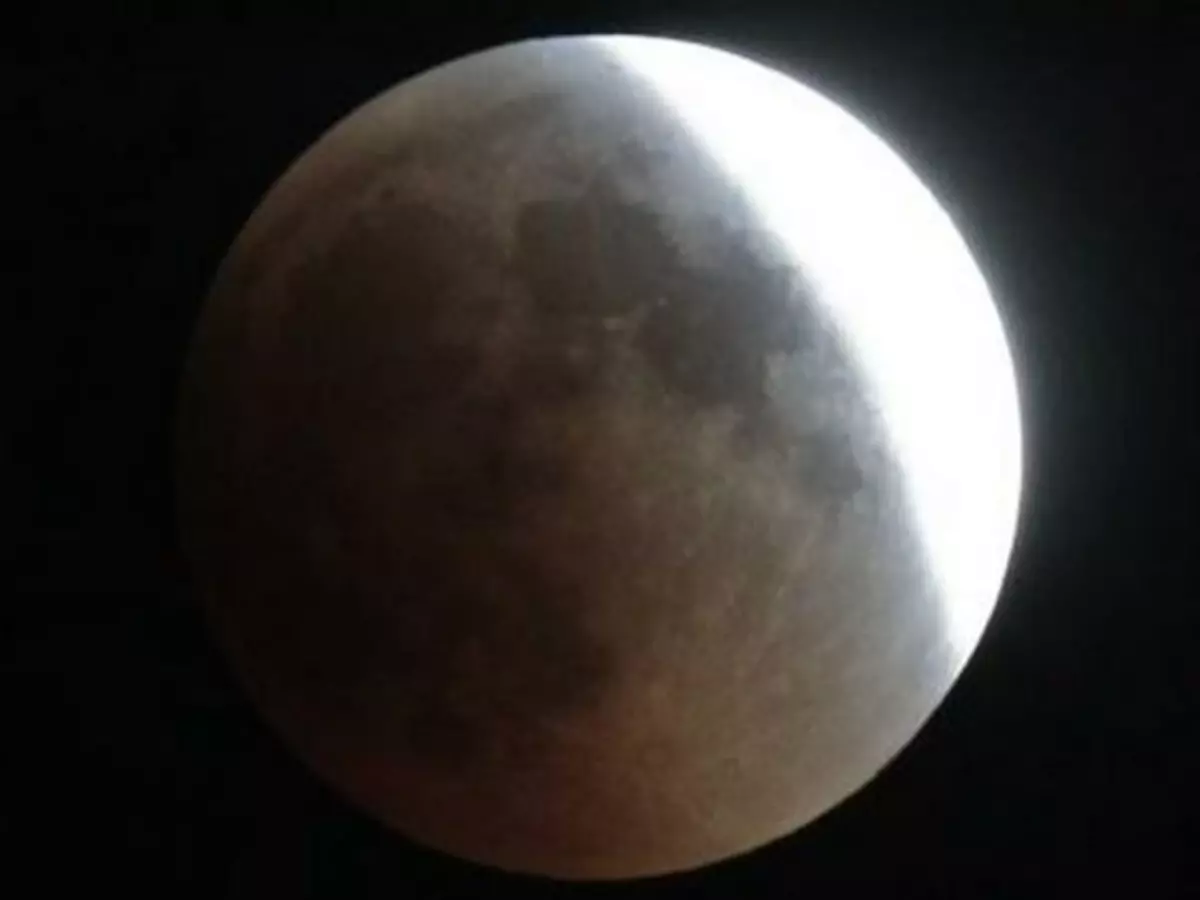How To Watch 1st Lunar Eclipse Of 2020 In India: Location, Time, Safety Precautions Explained
In a penumbral eclipse, Earth comes in between the Moon and the Sun. The sunlight passes through Earth and casts a shadow on the lunar surface. This massive shadow shifts throughout the Lunar surface in the four-hour duration. At the peak of the eclipse, 90 percent of the moon will fall under Earth's shadow.

Eclipses are definitely one of the coolest celestial occurrences that one can truly witness from our planet without the need for fancy telescopes or other equipment.
Recently, our planet witnessed a majestic annular solar eclipse that revealed the red ring of fire in all its glory, and now, this week, our planet will be a part of a penumbral lunar eclipse.
 Reuters
Reuters
In a penumbral lunar eclipse, Earth comes in between the Moon and the Sun. The sunlight passes through Earth and casts a shadow on the lunar surface. This massive shadow shifts throughout the Lunar surface in the four-hour duration. At the peak of the eclipse, 90 percent of the moon will fall under Earth's shadow.
From Earth, if you witness the moon, you'll see that the lunar surface won't be shining as brightly as it does. While it might not seem as impactful as a solar eclipse, it is a sight to behold nonetheless.
Safety during a penumbral lunar eclipse
While you need special glasses to look at a solar eclipse, during a lunar eclipse, you don't need such glasses. In fact, one can look at a lunar eclipse with a naked eye and not be susceptible to any damage whatsoever. How cool is that?
 Reuters
Reuters
Where can you see the Lunar Eclipse?
In case you were wondering if you'd get to see this eclipse from India, you're in luck. The eclipse will commence starting 10:37 PM IST (Indian Standard Time) and go all the way till 2:42 AM on January 11. The eclipse will also be visible in the whole of Europe, Asia and some parts of Africa and Australia. Sadly, It won't be visible in the US.
There's no reason to feel sad, in case you'll be missing this Lunar eclipse, as this year, there will be three more penumbral lunar eclipses this year ¨C June 5, July 5, and November 30.
